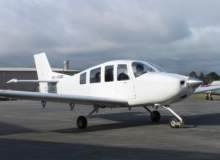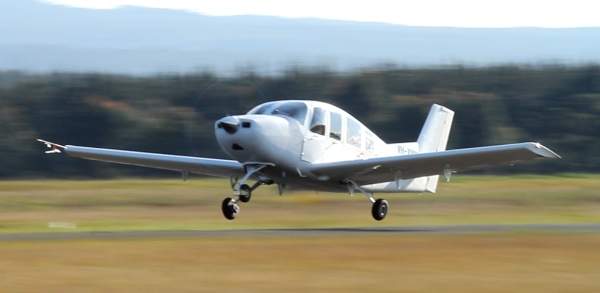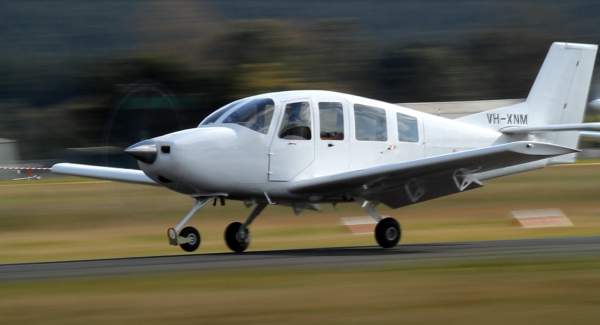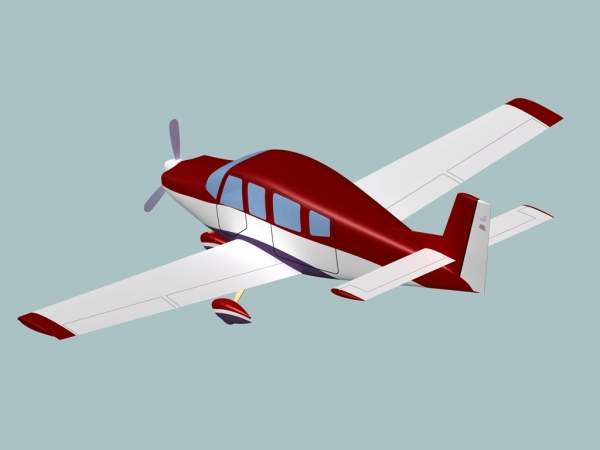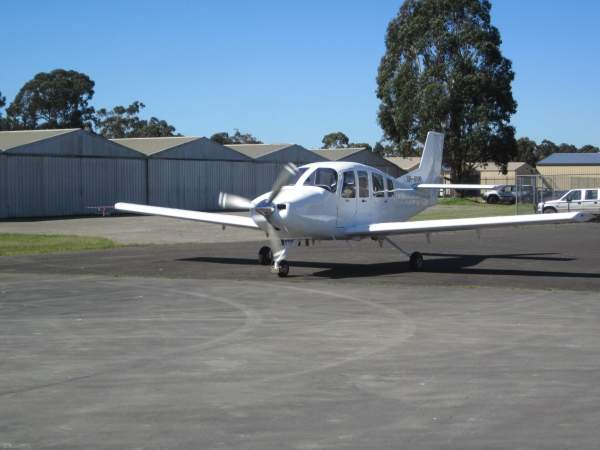C-NM5 is a new civilian aircraft indigenously developed in India by the government-owned Council for Scientific and Industrial Research (CSIR), National Aerospace Laboratories (NAL), Mahindra Aerospace (MAPL) and its Australian subsidiary GippsAero.
It is the first 50:50 public private partnership aircraft development project in the country. The five-seat, turbo-prop plane was earlier known as NM5-100.
The first prototype of the C-NM5 light utility aircraft made its maiden flight in September 2011 at Latrobe regional airport near the GippsAero manufacturing facility in Australia.
The flight was conducted for 45 minutes to test the basic handling of the aircraft and it was subsequently followed by several flight tests. The aircraft is currently in the final flight test phase to evaluate the control and stability of the NM5 in different flight regimes.
Development of the C-NM5
NAL tied-up with Mahindra Aerospace in December 2008 to develop general aviation aircraft. The first prototype aircraft took about three years for development.
Its assembly was completed by a rapid prototyping team at GippsAero in Australia in ten months. The aircraft was developed at a cost of about $10 to $15m.
The aircraft aims to achieve Federal Aviation Regulations (FAR) Part 23 certification in the normal category for international marketing opportunities. It is expected to be priced at about $0.4m and compete with the US Cessna.
The NAL and Mahindra are also developing turbetan family, a regional transport aircraft (RTA-70) and a 50-90 seat turbo-prop.
C-NM5 expected orders
The C-NM5 aircraft is expected to have a global market of 75-100 planes a year after five years from the time of commercial production. It has received an order of 20 planes from China.
Assembly / construction of the Indian civil aircraft
The demonstrator plane was planned to be fabricated at CSIR-NAL facility. NAL, however, could not receive DGCA’s Production Organisation Approval (POA) and the assembly was shifted to GippsAero facility in Australia.
The Directorate General of Civil Aviation in India is expected to certify the second prototype by December 2012.
MAPL is also building a new aircraft frame and components manufacturing facility in Bangalore in Karnataka, India. It is expected to start mass production of C-NM5 in 2014 with NAL certification. The aircraft raw material will be imported. The company will produce the planes from GippsAero plant under CASA certification till then.
Design / features of the C-NM5 light utility aircraft
The aircraft has large access doors, a flat floor, multiple seating configurations, new-generation seats and a reconfigurable rear cabin.
The flexible space can accommodate two stretchers and life support systems. The airframe of C-NM5 is an all metal construction with fairings and composite cowling.
The aircraft is 8.8m long and 3.1m high with a wing span of 10.9m and wing area of 16m2. The landing gear is non-retractable. The aircraft has simple systems for easy maintenance.
The air-conditioned glass cockpit has options of Electronic Flight Instruments System (EFIS), 2-Axis autopilot integrated with GPS-enabled NAV/COM, advanced sound-proofing and cabin audio system and day / night VFR / IFR.
Avionics and electrical systems onboard
The aircraft consists of avionic systems such as transponders, NAV/COM/GPS, AMS, course deviation indicator (CDI) and emergency locator transmitter (ELT). The electrical systems include 24V DC electrical systems, 28V, 70A external generator and 24V, 19Ah maintenance free battery.
The C-NM5 aircraft has a single Lycoming IO-540 K1A5 engine. It is a six-cylinder air-cooled horizontally opposed engine with bore of 5.125in (130.2mm), stroke of 4.375in (111.1mm), displacement of 541.5in³ (8.9L) and dry weight of 199kg.
The valve train comprises two overhead valves per cylinder. The engine uses 100 octane rating gasoline with fuel injection system. The 3-bladed constant-speed propeller of the engine produces 300bhp @ 2,700rpm.
The international standard atmosphere (ISA) performance of the C-NM5 includes take off distance of 500m and landing distance of 450m, maximum level speed of 296km/h, rate of climb of 335m/min (1,100fpm), flaps-up stall speed of 110km/h and flaps-down stall speed of 96km/h.
It has a range of 1,296km for 320kg payload and cruise altitude of about 3,050m-4,572m. The power-to-weight ratio is 1.12 kW/kg. It carries useful load of 580kg.
The aircraft can be used for multiple roles such as training pilots, VIP travel, cargo transporter, tourism, air taxi and medical evacuation.

